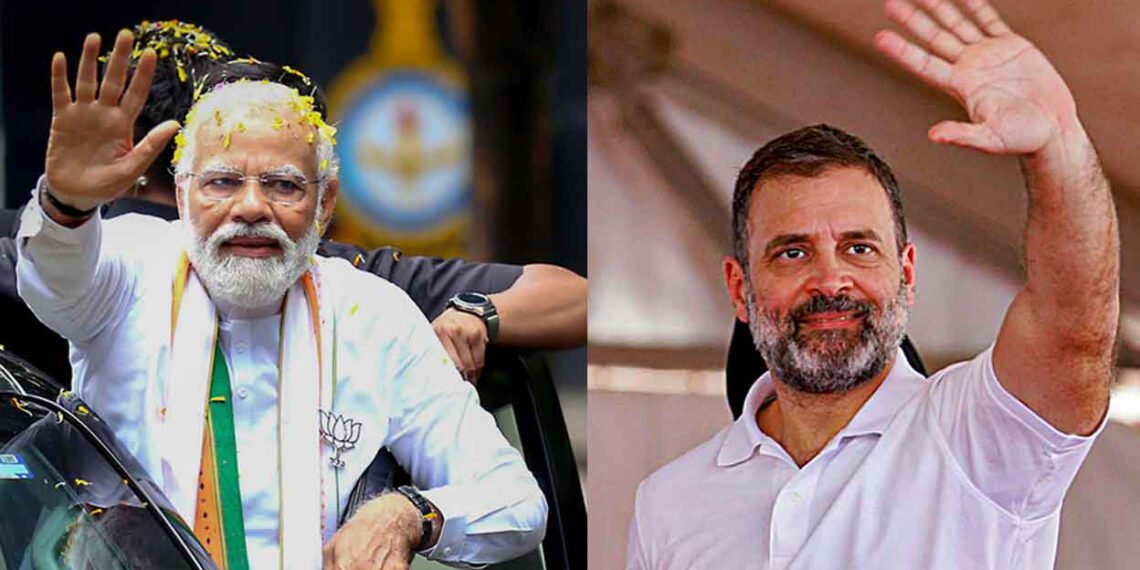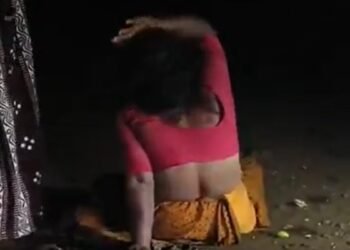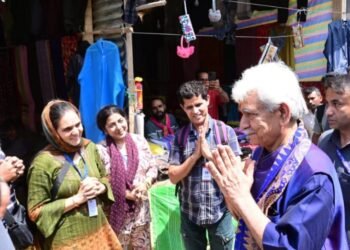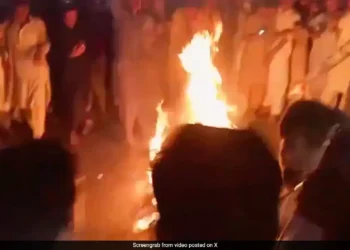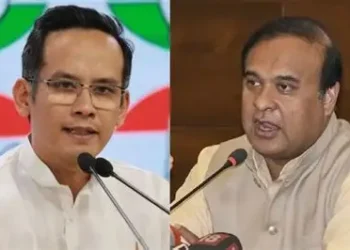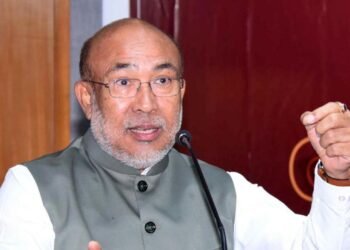Union Minister Jitendra Singh on August 20, asked the Union Public Service Commission (UPSC) to cancel its advertisements for lateral entry into top posts in central ministries, amid backlash from the opposition and NDA allies. Jitendra Singh wrote a letter to UPSC Chairperson Preeti Sudan citing Prime Minister Narendra Modi’s directives.
In his letter, Singh said that lateral entry was necessary to align with the principles of equity and social justice enshrined in the Constitution, especially with regard to provision of reservations.
Government caves in to opposition’s demands
The BJP also rolled back the horizontal entry system including the Real Estate Index Rules, the Broadcasting Regulation Bill and the Wakf Amendment Bill in the first 100 days of the Modi 3.0 government. The realities of coalition politics have started hitting the BJP after a gap of a decade.
The concept of lateral entry was first introduced by the Congress-led UPA government in 2005. The BJP government in 2018 formalised it and made an official move to get domain experts to fill in a critical gap in bureaucracy as lateral entrants.
The latest controversy was triggered after an advertisement for 45 such posts was issued on August 17 by the Union Public Service Commission (UPSC). Opposition parties said the BJP was trying to circumvent the reservation of jobs as there is no provision for quotas for lateral entry hiring.
Strong opposition by INDIA bloc worked?
Opposition leader Rahul Gandhi was the first to attack the BJP government and criticise it for its lack of reservations over lateral recruitment.
“Lateral entry is an attack on Dalits, OBCs and Adivasis. The BJP’s distorted version of Ram Rajya seeks to destroy the Constitution and snatch reservations from Bahujans,” Gandhi had tweeted.
Others from the INDIA bloc, such as Akhilesh Yadav of the Samajwadi Party and Tejashwi Yadav of the RJD, joined in.
The Opposition was fulfilling its expected role; however, it appears that the BJP had forgotten its obligation to uphold the coalition dharma. that the party currently holds 240 seats in the Lok Sabha and is supported by partners, some of which are caste-based political organizations.
It was also clear that no discussions had taken place with the National Democratic Alliance’s (NDA) partners. The decision to hire under lateral entry was contested by leaders of the Lok Janshakti Party (Ram Vilas) and the Janata Dal (United).
The government’s complete capitulation, agreeing to a new advertisement on lateral entry that includes caste-based reservation, shows the BJP continuing to lag behind the Congress in the narrative battle during the general election campaign.
During the campaign, Rahul Gandhi distributed the talking heads, khatakhat khatakhat, and the BJP leaders responded to them.
The Opposition’s success in making the BJP’s 240-seat victory appear as a defeat for the largest party is also considered a victory. The focus is on intelligent communication and understanding.
The BJP’s sudden change of direction on the lateral entry scheme regarding reservations is comparable to giving the Congress full control over caste and quota matters.
The recruitment of 45 officers through lateral entry could possibly have been prearranged calendar hirings. However, according to specialists, the BJP must acknowledge the post-election reality.
The BJP, with 240 seats, falls below the halfway point by itself and relies on coalition allies. The party is expected to address important issues with them instead of facing public embarrassment, as seen in the lateral-entry case.
During both terms of Modi government, alliance partners were pushed to the outskirts. During the journey, the BJP also parted ways with two long-standing and loyal allies, the Shiromani Akali Dal (SAD) and the united Shiv Sena of Balasaheb Thackeray.
The issue lies not only in the figures but also in the allies the BJP is currently associated with.
The BJP differs from the Congress in terms of the allies it has. UP and Bihar boys are echoing and magnifying Rahul Gandhi’s messages. It appears to be organic and balanced.
Coalition politics has been a common practice throughout India’s history of democracy and the BJP is no stranger to it. PM Narendra Modi inherited the political mantle from Atal Bihari Vajpayee, who was a successful leader of coalition governments.
PM Modi is facing a different political scenario in his third term. The BJP’s numbers have dwindled, rely on allies, and are confronting a revitalized Opposition. It must come to terms with reality and respond appropriately. Taking a whiff of the coffee would be a positive beginning.
Also read: Centre asks UPSC to cancel lateral entry advertisements
What is lateral entry?
Lateral entry involves bringing in individuals from non-traditional government service backgrounds, like the Indian Administrative Service (IAS), to occupy positions at mid and senior levels in government agencies.
This procedure was officially launched under the leadership of Prime Minister Narendra Modi, with the initial round of openings disclosed in 2018. This signified a major shift from the usual norm of having career civil servants in senior bureaucratic positions.


